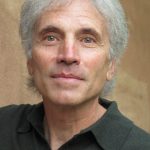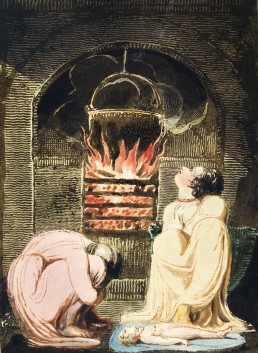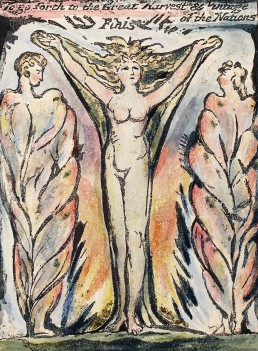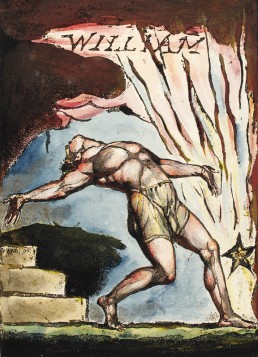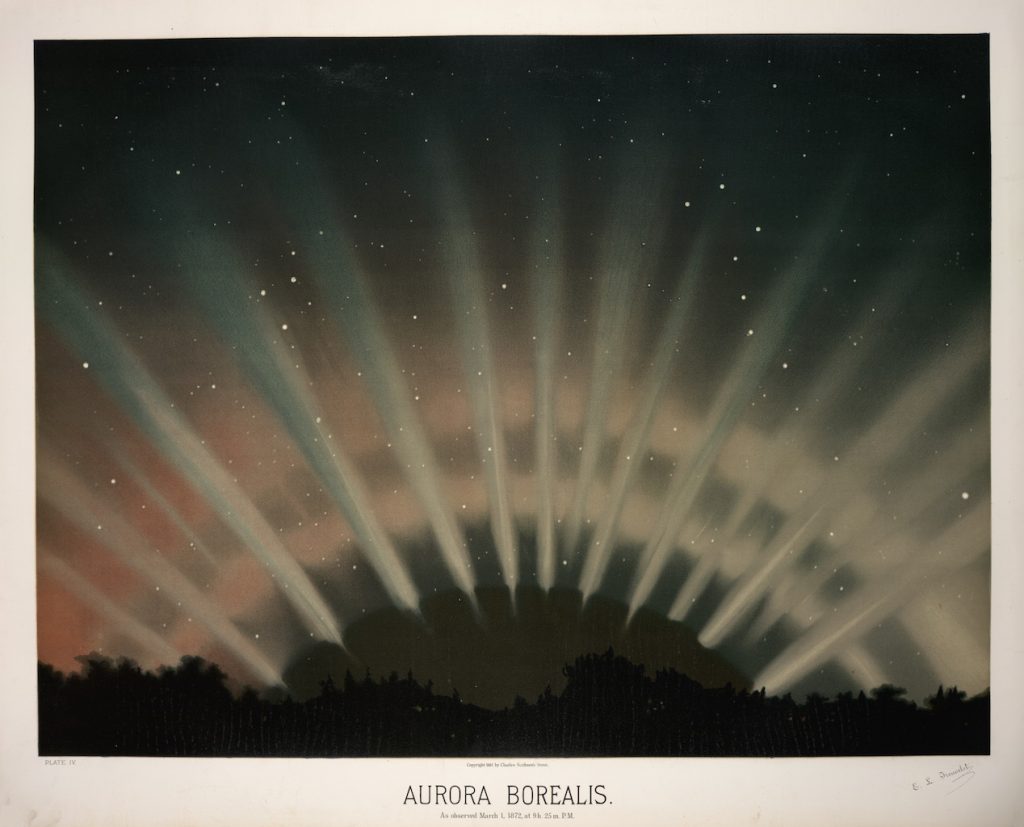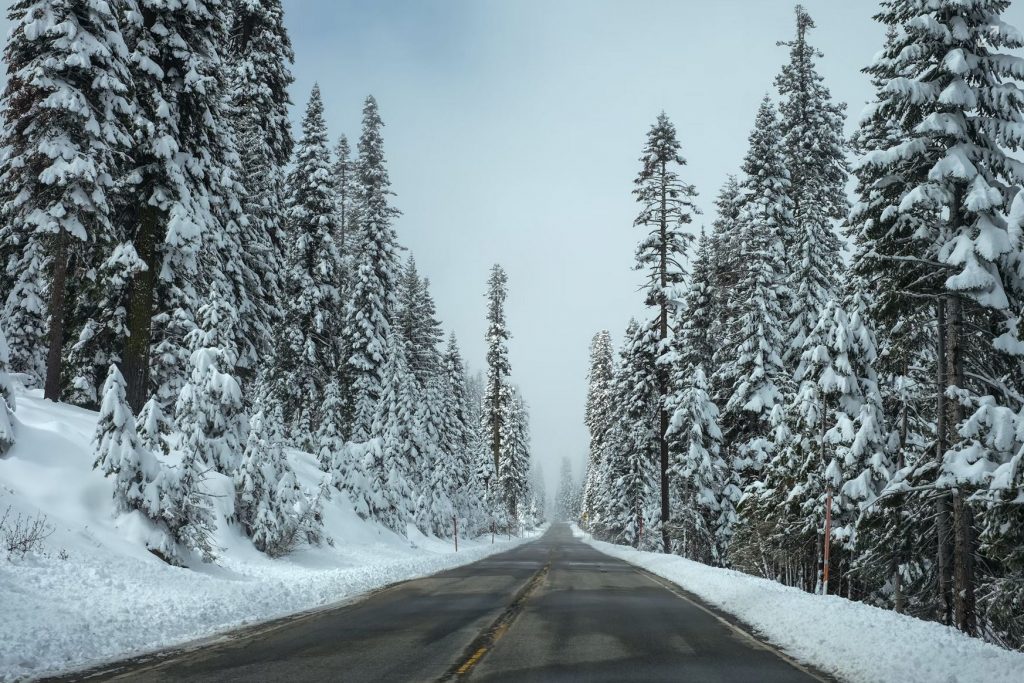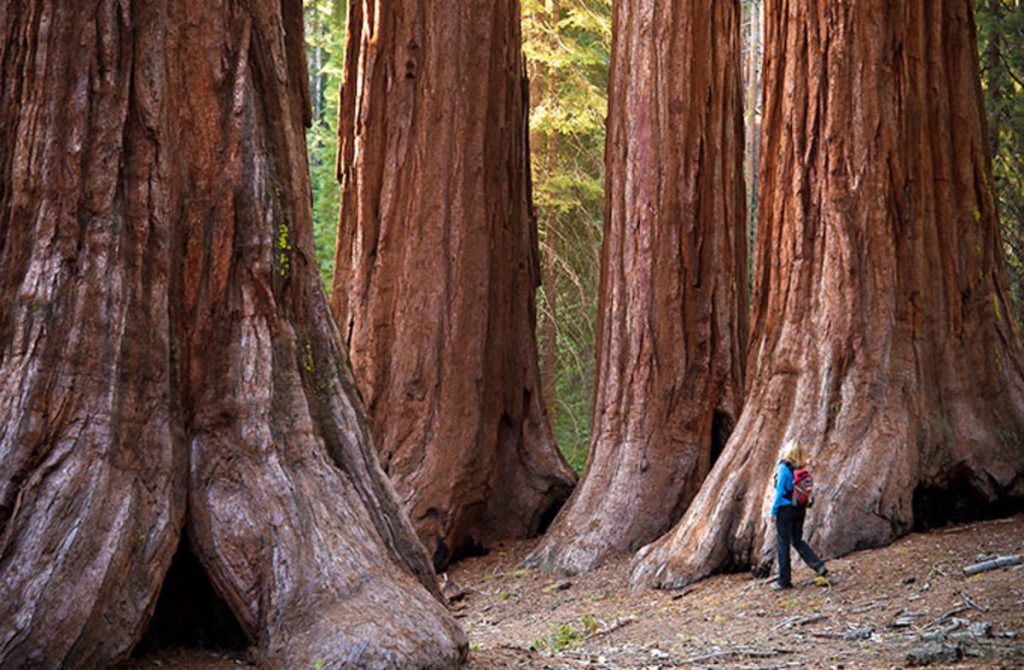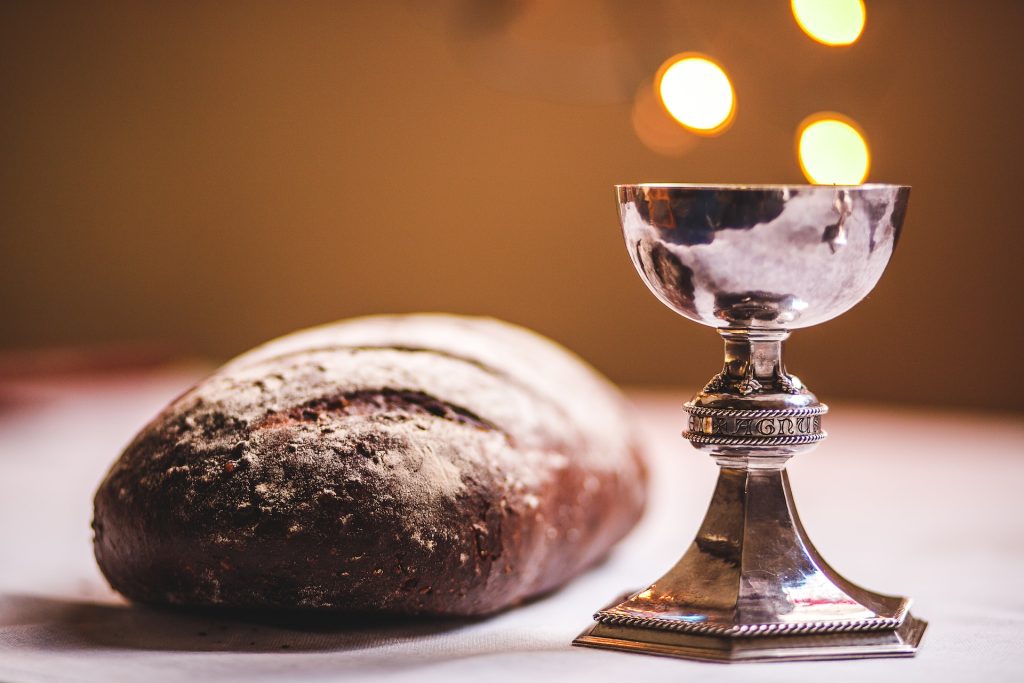The Wanderer’s Preparation in the Death Lodge
A candidate for soul initiation knows what she has taken on. She’s preparing to die in order to be reborn. She must abandon her old home to set out for her new home. She longs for the journey but is understandably terrified by the prospect. To help her approach the edge, her guides might suggest some time in the “death lodge.” 1
The Death Lodge I
The death lodge is a symbolic and/or literal place, separate from the ongoing life of the community, to which the Wanderer retires to say goodbye to what her life has been. She may dwell there a full month or more, or, during the course of a year, an hour or two every day, or several long weekends. Some of her death lodge work will take place in the cauldron of her imagination and emotions, while other work will occur face-to-face with friends, family, and lovers. She will wrap up unfinished emotional and worldly business to help release herself from her past.
In her death lodge, she will see that the life she is leaving has contained both joy and pain, success and failure, love and the absence of love. Some of the central people in her life have played the roles of villains or victims, others of heroes. No matter. Now all the paths of possibilities within her former life are going to converge at a single inevitable point up ahead: the ending of her old way of belonging to the world.
In the death lodge she will say goodbye to her accustomed ways of loving and hating, to the places that have felt most like home, to the social roles that gave her pleasure and self-definition, to the organizations and institutions that both shaped and limited her growth, and also to her parents or caregivers who birthed her and raised her and who will soon, in a way, be losing a daughter.
She might choose to end her involvement with some people, places, and roles. In other cases, she might only need to shift her relationship to them. Although she must surrender her old way of belonging to the world, she need not violate sacred contracts. Some contracts might have to be renewed at a deeper level. It is essential she does not fool herself: embarking on the underworld journey is not a legitimate justification for abdicating preexisting agreements or responsibilities to others.
Whether ending or shifting relationships, she will feel and express her gratitude, love, forgiveness, her goodbyes. She will say the difficult and important things previously unsaid. She may or may not visit with each person in the flesh, but she will certainly have many poignant and emotional encounters.
If her parents were not criminally abusive, she will forgive them for not being who she wanted them to be. If they are still alive, she will attempt this in person. This may be the most important and difficult part of her death lodge. She knows by now no parents are perfect nurturers and all have their own wounds. She knows that surrendering her former identity requires her to heal her own wounds to the point she no longer harbors the fantasy that her human parents will somehow become perfect (or merely healthy or responsible) or that she will find someone else—a lover or therapist—to be her perfect parent. As in her Loyal Soldier work, she must learn to relate to herself as a healthy parent to a child.
In her death lodge, the Wanderer also mourns. She grieves her personal losses and the collective losses of war, race, or gender oppression; environmental destruction; community and family disintegration; or spiritual emptiness. Not only does she cease to push the painful memories away but she invites them into her lodge and looks them in the eye. She allows her body to be seized by those griefs, surrendering to the gestures, postures, and cries of sorrow. She grieves in order to let her heart open fully again. She knows at the bottom of those grief waters lies a treasure: the source of her greater life. David Whyte writes:
Those who will not slip beneath
the still surface on the well of grief
turning downward through its black water
to the place we cannot breathe
will never know the source from which we drink,
the secret water, cold and clear,
nor find in the darkness glimmering
the small round coins
thrown by those who wished for something else. 2
Each of us has been, at times, the one who stood above a dark well and “wished for something else”—namely, that we ourselves wouldn’t have to descend into the waters of grief, that our wishes would come true without our having to suffer in the process. During the descent to soul, we surrender our comfortable lives above the waters. We enter depths so dark we fear we will die, and in a way, we will.
The Death Lodge II
I said to my soul, be still, and wait without hope
For hope would be hope for the wrong thing; wait without love
For love would be love of the wrong thing; there is yet faith
But the faith and the love and the hope are all in the waiting.
Wait without thought, for you are not ready for thought:
So the darkness shall be the light, and the stillness the dancing.
Whisper of running streams, and winter lightning.
The wild thyme unseen and the wild strawberry,
The laughter in the garden, echoed ecstasy
Not lost, but requiring, pointing to the agony
Of death and birth.
— T.S. Eliot 3
Most people enact a vision fast with an intention, or at least a need, to grieve significant losses. The death lodge is an essential preparatory practice.
A man in his mid-twenties came to grieve his father’s death that occurred when the young man was eighteen. Thomas, who himself became a father at seventeen, had many questions about what it meant to be a man. He grieved his father’s premature death, his uncertainties about his own fatherhood, and his sense of being deprived of the cultural rituals that might have helped him become a man earlier and more completely. Like everyone, his time in the death lodge included sorrow for what might have been.
Many people embark on a vision fast or on the descent to soul, more generally, in part to say goodbye to an identity they have outgrown, in a sense to attend their own funeral. Some write a eulogy for themselves, a farewell to the old story. Although the new story stirs inside them, they know the old one must first be laid to rest.
Anita, a professional and mother in her forties, came to formally mark her empty nest as her youngest entered college. She wanted to honor the end of twenty-one years of soul work, the labor of love of raising two fine young men. And then there were the two failed marriages, an alcoholic father, and a mother who died when Anita was four. In the death lodge, she also said goodbye to her way of being a psychotherapist; she knew a more creative and artistic path awaited her.
In the two years before his first vision fast, Steve, a young psychiatrist, lost his mother and brother, his career fell apart, and he, at long last, severed his abusive relationship with alcohol. He came to formally end his decade or more of what he called “being dead,” staggering through a lonely life of despair. In his death lodge, he finally experienced his rage at his dad for the years of brutal criticism and ridicule- and all the grief waiting in line just behind the rage.
Tom, a Harvard M.B.A. in his forties, made millions as a successful (and ruthless) corporate mercenary. He found himself with a trophy home and boat, a second ruined marriage, no idea of who he really was, and his only son suicidal at the end of high school. Stunned to find himself bereft of the American dream, he came to his vision fast recognizing he and his son were facing the same crisis of meaning, one at the threshold of emancipation, the other at midlife, but both with the opportunity for true freedom. Tom, who was beginning to discover the fine human being beneath his former corporate persona, had much to surrender in his death lodge: buckets of tears and everything he once thought life was about.
In the death lodge, you loosen your grip on your former identity and world. You cut the cords, then gingerly step along the narrow ledge above the abyss, your back to the crag. At last, you turn and extend your arms against the half-truths of the old life, your fingers lightly pushing away.
To relinquish your former identity is to sacrifice the story you had been living—the one that defined you, empowered you socially, and limited you. This sacrifice captures the essence of “leaving home.”
Once you have in earnest entered the journey of soul initiation, you begin to live as if in a fugue state. Imagine: after developing an adequate and functional identity, you now have become as if amnesic, dissociated from your prior life. But, unlike the victim of amnesia, your goal is not to discover who you used to be, but rather who you really are.
Your time in the death lodge grants freedom. Untied from the past, you dwell more fully in the present, more able to savor the gifts of the world. You find yourself projecting less and seeing the world more clearly and passionately. You experience a deepened gratitude for the richness of life, for the many opportunities that await you.
Confronting Your Own Death I
The courageous encounter with the unalterable fact of mortality supplements and extends the activities of the death lodge. In the death lodge, you made peace with your past and prepared to leave behind an old way of belonging to the world; you prepared for a “small death.” Now you have the opportunity to prepare for your inevitable and final death, look your mortality in the eye, and make peace with the brutal fact that, ultimately, you will have to loosen your grip on all of life, not just a life stage.
On September 11, 2001, Ann Debaldo was leading a journey in a remote corner of Tibet, unaware of the events unfolding in the United States. But like most Americans that day, Ann had the opportunity to become more intimately acquainted with death. At 14,000 feet in the Himalayas, Ann witnessed the extraordinary Buddhist ceremony of sky burial while, elsewhere in the world, people witnessed another kind of sky burial in the air over New York City.
We were camped near Drigung Til Monastery. The evening before the sky burial, we attended the powa practice. A specially trained lama sat in front of the four corpses, each of which was folded into a small bundle and wrapped with blankets tied with ropes. Offerings to the monks—bags of flour and other staples—were taken off the horses by family members who had carried the bodies here, a journey of many days, perhaps weeks. The lama went into a profound meditation and at regular intervals made a loud sound- phat!– to open the crown chakras of the corpses, allowing any remaining life force to depart. We sat in silence as the offerings were casually divided among the monks and the lama performed his task.
Very early the next morning, we walked silently and slowly up to the hilltop where the sky burial would take place. I walked with an elderly man whom I had earlier tried to discourage from coming to Drigung Til. He was ill-prepared to handle both the altitude and the primitive camping, yet in Lhasa it became clear to me that attending the sky burial was what his journey was all about. The group moved ahead and we took the less steep pathway, his labored breathing increasing with each step. As we reached the top, a monk gently untied the ropes on one of the bundles and removed the blankets, revealing a very old woman with limbs lying at impossible angles to her torso. A great calm came over me. The old man gasped and almost fell. To prepare the food for the vultures, the monk flayed the meat and then crushed the bones into grain on a great round stone. We were so close that bits of flesh landed on our clothes. The old man was unable to stand, and so we moved even closer to lean upon the stone wall next to the monk. I felt a warm strength as I supported my companion’s weight, understanding how close he was to his time of departing this life. I could feel his heart beating and his heavy breathing as the huge golden vultures edged nearer to their breakfast.
Each corpse was similarly handled. Wave after wave of vultures descended upon the meat and grain until abruptly, there was nothing left. I watched, filled with a strange joy as the great birds lumbered down the hill before jumping into the sky and soared away over the valley toward the snow peaks in the distance. Oh, to fly freely—man becoming bird! What is death but an opening of a door?
We walked in silence down the steep hill toward the monastery where the monks began parading and chanting to the sounds of their great long horns and drums. As I sat in the hot sun, I shivered so hard I almost fell off the wall, my mind reeling. It was difficult to think and perhaps consciousness was briefly lost. Then, in my belly, I felt the presence for the first time of a great mountain of peace and silence—a feeling of solidity and calm strength, quite new to me. We left the monastery, each of us affected in our individual ways, but certainly forever changed by our visit to the burial grounds.
Confronting your own mortality, intimately and bravely, imagined or vicariously witnessed in graphic detail, is a powerful soulcraft practice, possibly an essential one. The embodiment of soul that you seek is not going to go far if you are living as if your ego is immortal. Put more positively, your soul initiation will be rich to the extent you can ground yourself in the sober but liberating awareness of limited time. This very moment may be your last.
Confronting Your Own Death II
The confrontation with death is an unrivaled perspective enhancer. In the company of death, most desires of adolescence and the first adulthood fall away. What are the deepest longings that remain? What are the surviving intentions with which you might enter your second, soul-initiated adulthood? The confrontation with death will empty you of everything but that kernel of love in your heart and your sincerest questions. It is in such a state of emptiness and openness that we hope to approach the central mysteries of our life.
As a Wanderer, it is a good practice to look Death in the eye. Contemplate your unavoidable aging and inevitable demise, “the bitter unwanted passion of your sure defeat,” as David Whyte puts it. During your wandering time, you might visit cemeteries or mortuaries, and sit there for hours or days and really look and listen and feel and breathe the thick air in those places. You might learn the traditional and sacred practices of those who prepare a body for burial or cremation.
Perhaps you will volunteer for hospice and spend hours gazing into the eyes of those who lie at death’s door, your heart stretching ever wider, both your eyes and your companion’s peering over the edge of life’s cliff. In hospice, you will witness the dying process, life ebbing away, and the moment of death itself. You will see people die well and not so well. You will see how families deal with death or refuse to deal with it. You will see some people embrace their deaths and celebrate their lives, and others die bitter and angry, never having acknowledged they were dying.
Discuss death with your guides and fellow Wanderers. Sit in councils specifically dedicated to talk of death. While alone, wonder about death, wander with it, wrestle with it. Feel its presence, both emotionally and physically. Ask yourself and others questions about death and share your feelings and speculations. Along with Mary Oliver, rhetorically ask, “Doesn’t everything die at last, and too soon?”
Should you suffer the loss of a loved one, permit the force of that death to transform you with its weight, fully feeling and expressing the immense grief, allowing it to irrevocably alter the world and your place in it. And should your people suffer an unthinkable loss at the hands of others (as on September 11, 2001), surrender to your anger and grief, but also look for the enemy of life within, the elements of self not in alignment with life. Find where death lives inside.
When you progress from one stage of life to another, celebrate the promises and possibilities of the new, but do not shirk from grieving the little deaths inevitably accompanying these shifts—the death of youth, unrealized dreams, cherished hopes, bedrock illusions.
Gradually, you will come to live in the light of death, not morbidly but with an increasingly joyful appreciation for this moment and your presence in it. You will cling less and less to who you are and how you are and become more attuned to your destiny, with allegiance to neither your social past nor the current accommodations of your personality.
As Carlos Castaneda was taught by his teacher, the Yaqui sorcerer don Juan, ask death to be your ally, to remind you, especially at times of difficult choices, what is important in the face of your mortality. Imagine death as ever present, accompanying you everywhere just out of sight behind your left shoulder.
In these ways, make peace with your mortality. One day you will find you are not so attached to your life being just one certain way. Then you will be better prepared to converse with soul and its outrageous requests for radical change.
With any soulcraft practice, the Wanderer seeks to put his ego in a double bind, a checkmate that makes it impossible to continue the old story. Confronting the inevitability and ever-presence of his death loosens his grip on his routines, dislodges his old way of obtaining his bearings, ushers him to the threshold beyond which lies the unknown. Horrified, he discovers he must give up everything in order to get what he really wants, with no guarantee of success or even of surviving his quest.
He is like a dog playing fetch when someone suddenly throws the stick into a bonfire. Stunned, the dog stares into the flames with big eyes. The soul wants the Wanderer to jump into that fire. The Wanderer’s deepest instinct for survival is counterbalanced by his passion for the quest. What will he do?
By confronting the truths held by death, the Wanderer gradually relinquishes his illusion of immortality and finds himself with a new hope for the world. He sees all things must change to evolve. He sees that death and impermanence provide hope for an evolving universe.
References
1 Steven Foster and Meredith Little introduced me to the death lodge as a practice in preparing for a vision fast. See Roaring of the Sacred River: The Wilderness Quest for Vision and Self-Healing (Big Pine, Calif.: Lost Borders Press, 1997), p. 34.
2 David Whyte, “The Well of Grief,” in Where Many Rivers Meet (Langley, Wash.: Many Rivers Press, 1990), p. 35.
3 From “East Coker,” in T.S. Eliot, Four Quartets (New York: Harcourt Brace & Co., 1977), p. 28.
Adapted from Bill Plotkin, Soulcraft: Crossing Into the Mysteries of Nature and Psyche (New World Library, 2003).
About the images:
By William Blake, selected from: Europe: a Prophecy, The Marriage of Heaven and Hell, and Milton: a Poem, To Justify the Ways of God to Men.


